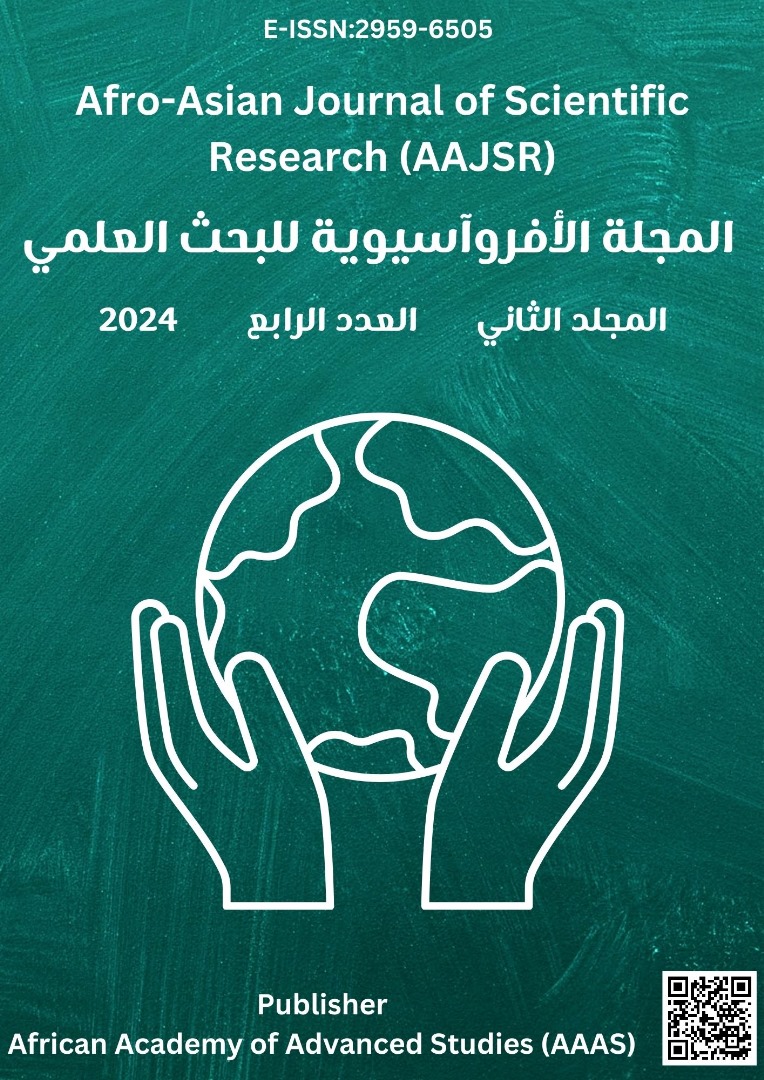Utilizing Enzymes in Feed with Date Seed Waste Meal and Their Impact on The Reproductive Performance of Indigenous Laying Hens
الكلمات المفتاحية:
Laying Hens، Date Seed Waste Meal، Egg Quality، Reproductive Performancالملخص
This study pointed to investigate the influence of including changed levels of date waste meal (DSWM) in the diets of laying hens (local strain) aged 24-39 weeks. The DSWM levels tested were 0.0 (control), 100 kg/ton, and 200 kg/ton. Sub-treatments for the 100 and 200 kg DSWM levels included adverse control group, phytase, Optizyme, and phytase plus Optizyme. The parameters studied were reproductive performance, egg quality, and reproductive efficiency. Results showed that the laying rate, egg weight, and egg mass were significantly enhanced by including 100 kg DSWM in isocaloric, isonitrogenous diets for laying hens related to the control group and the 200 kg DSWM level. The 200 kg DSWM had no adverse effects associated to the control. The laying rate and egg mass were greatly boosted by the addition of optzyme, however the addition of phytase over multienzyme did not result in any additional rise in these parameters. Hens given 100 kg DSWM saw increases in laying rate and egg mass thanks to enzymes; on the 200 kg DSWM diet, Optizyme showed the greatest impact. Up to 200 kg of the DSWM level in the meals of the laying hens did not have a negative effect on the feed conversion ratio (FCR); the only independent variable that significantly increased FCR was Optizyme, when compared to both the control group and the group that received phytase supplements. For laying hens given up to 200 kg DSWM, Optizyme increased FCR by about 4.5% and produced the best FCR of all the experimental groups. When compared to the control and the 200 kg DSWM diet, the dietary addition of 200 kg DSWM significantly reduced the yolk index and Haugh Unit Score, but had no adverse influence on the eggshell quality criteria for shell quality. With up to 200 kg of DSWM in the diet, there was a considerable improvement in hatchability and fertility and a significant decrease in embryonic mortality and piping chicks. The efficiency of reproduction was not negatively impacted by enzymes. The most effective reproductive treatment among the experimental treatments was feeding a diet containing 200 kg DSWM, either with or without phytase supplementation. In conclusion, laying hens between the ages of 24-39 weeks could be fed a 200 kg DSWM diet supplemented with Optizyme without experiencing negative effects on productivity, egg quality, or reproductive function.






